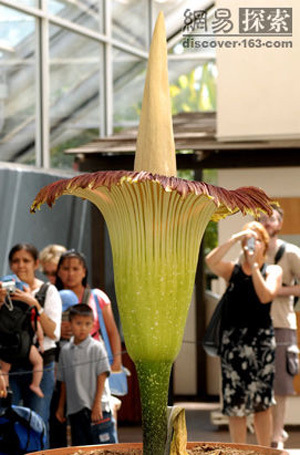Koki’o (Kokai cookei)
Another rare flower comes from a tree in Hawaii. Discovered in 1860, the Koki’o tree has proven difficult to propagate and, in 1950, was deemed extinct. However, 20 years later a sole survivor was found, but was destroyed in a fire in 1978. As luck would have it, one of the branches was saved and grafted into 23 different trees in various places in Hawaii. The tree grows to 10-11 meters high and has hundreds of bright, red flowers that mature trees produce annually. As a flower so willing to adapt, the Koki’o flower comes in at number .







